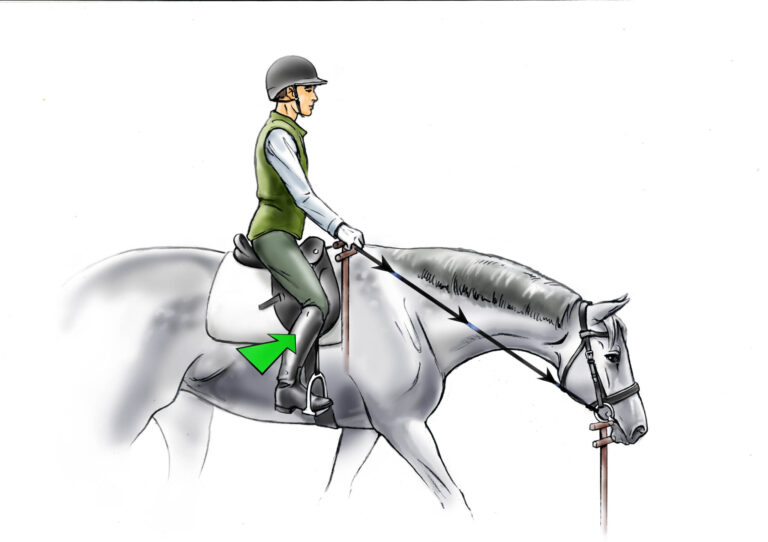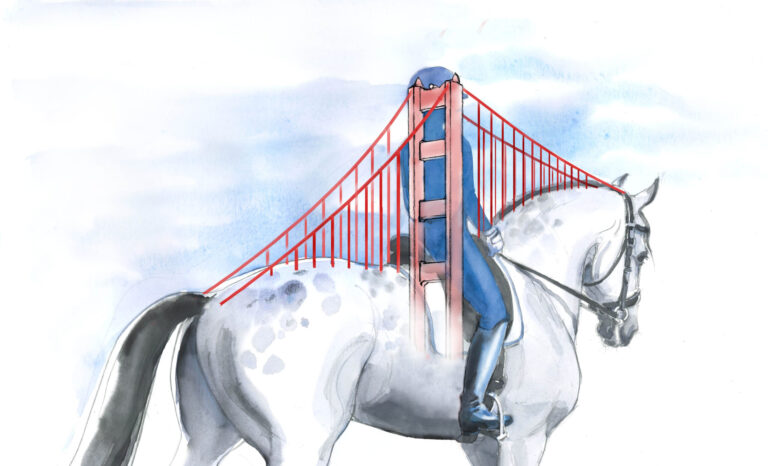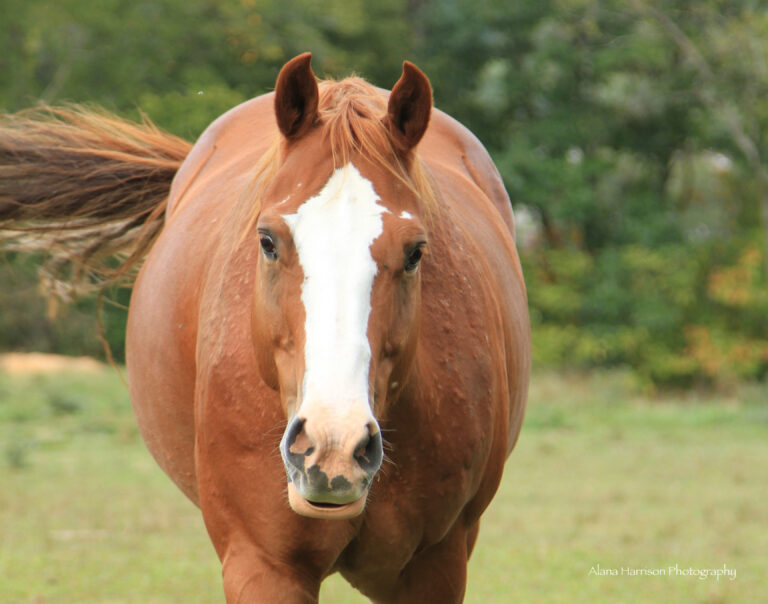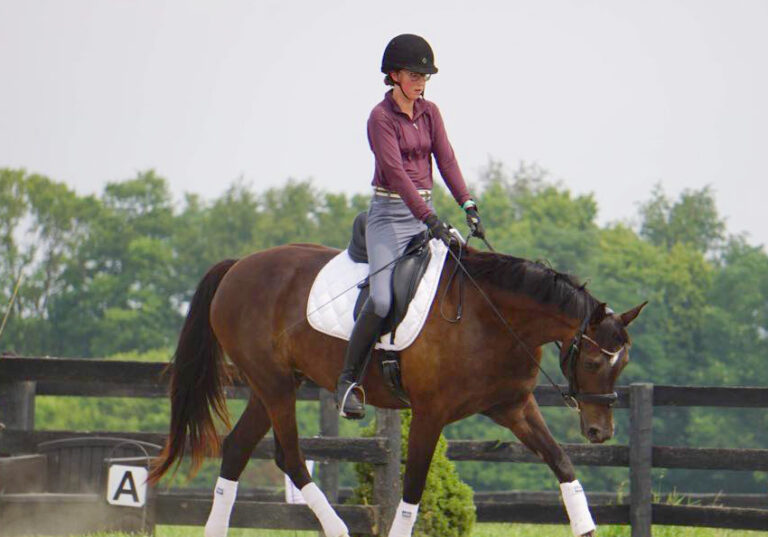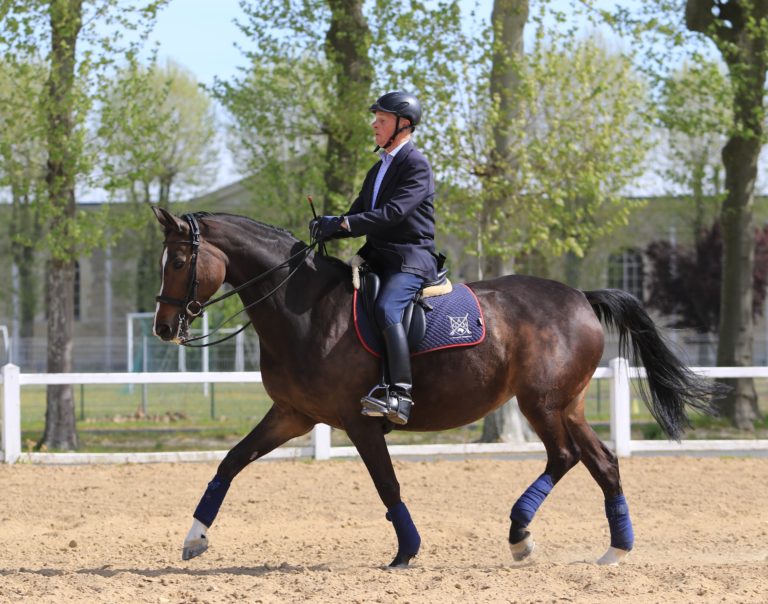The moment you enter the show ring, your horse is on display. All your diligent grooming efforts are about to pay off.
Making a memorable first impression happens in seconds, but it takes much longer to achieve. It’s the result of good horsemanship, proper nutrition and many hours of hard work. You can’t just decide to start grooming the week before a show or event and expect to have good results.
“How a horse is turned out in grooming plays a huge role in overall eye appeal and first impressions. His appearance also automatically gives you an idea of that horse’s overall health,” notes Tina Anderson, who has been an American Quarter Horse Association (AQHA) judge for 15 years.
A lifelong horse owner, Anderson has her PhD in equine orthopedics; she’s also worked in the field of equine nutrition, and is now Director of New Product Strategy and Development at Farnam Companies, Inc. Having shown for years, Anderson now finds herself a “horseshow mom” and regularly helps her teenage daughter, who competes at the national level.
“One thing a lot of exhibitors don’t understand is that the judges get a very short window to evaluate your horse, whether in halter, western pleasure, hunter or even reining,” says Anderson. “If you were to use a stopwatch, it would be a very short amount of time. Just as when you’re meeting a person, you want to make a very good first impression. When I’m looking at any horse, that first impression is where I start, whether consciously or unconsciously.”
A Little Extra
You’ll want to enhance your horse’s basic grooming routine with a bit of extra pizzazz when it comes to the show ring. But what are judges looking for? Beyond an incredibly clean, neatly groomed horse, judges want to see that you’ve paid attention to detail.
“A little face ‘grease’ will add a finishing touch to highlight and maintain shine around the eyes and muzzle,” says Anderson.
In addition, “When a judge is close to the horse, especially in classes like halter and showmanship, they pay a lot of attention to hooves,” she says. “To start with, you want a healthy hoof, and it goes without saying that the feet should be very clean inside and out. The horse should be up-to-date on trimming or shoeing so the feet aren’t excessively long. In addition to clipping the legs and fetlocks, you should clip the hair around the coronet band so you have a finished look. With stock horse breeds, the majority of people still use hoof black on dark hooves. If the horse has a white leg, you can just use a clear hoof polish or a shine on that hoof.”
When applying hoof polish, take your time and make sure to go all the way around the hoof to the bulb and down so the entire hoof surface is neatly covered. Be careful at the hairline that you don’t get polish on the hair. Hoof polishing isn’t as easy as you might think, so you may want to practice before show day.
Things to Avoid
If you’re serious about showing, there are some things you can’t put off. Ignore them and your horse won’t catch the judge’s eye … or at least, not in a positive way.
A sun-faded hair coat is a big no-no. It doesn’t happen overnight and it can’t be remedied quickly. Ideally, your horse’s coat is protected year round, but at the very least you’ll want to start protecting his coat 90 days before you begin showing. A bare minimum would be 60 days.
Stable him during the peak sun hours, or if you want to turn him out, use a summer sheet or fly sheet. You may also want to use a coat conditioner that contains SPF for extra sun protection. There are supplements on the market designed to bring out coat color and shine, but they’ll work best if you also protect your horse from too much sun exposure.
Another appearance no-no is a scruffy tail with broken-off hairs. Judges want to see a clean, free-flowing tail. It doesn’t have to drag the ground (although some do!), but it needs to look healthy and luxurious.
In addition to providing optimal nutrition to encourage growth, you’ll want to protect that tail hair when your horse is stabled or turned out. Braiding hair on hair can cause breakage, which is why experts recommend Lycra tail “tubes.” Just divide the tail hair into three sections, insert each section into a tube and then braid the tubes together. The tail is protected from sun, mud, manure and breakage. Plus, it won’t be a tangled mess when you undo it.
In the stock horse industry, big, thick tails are hot right now, and many exhibitors use tail extensions. Some riders like weighted tails, as this encourages the horse to carry the tail flat against the rump. Riders in English disciplines tend to use lighter weight extensions than those used by stock horse exhibitors.
A few caveats to remember when using a tail extension:
- Be sure the color completely matches your horse’s natural tail color.
- Don’t go too thick! If the extension is too thick, it will get caught between the horse’s back legs and look obviously false.
- Don’t leave an extension in overnight; it’s meant for competition only.
Whether you use tail extensions or your horse naturally has a long, thick tail, don’t let static electricity spoil the look. Spray the inside of his hind legs with a silicone-base grooming product. You’ll also want to make sure his chestnuts (those oval spots inside the legs near the hock and knee) are super smooth. Rough chestnuts can snag the tail and keep it from flowing freely as your horse moves.
Even if the show ring isn’t your end goal, you still want your horse to look his best, so make grooming a regular routine. Beyond keeping your horse clean, it’s an excellent way to get your hands on your horse from head to tail. This allows you to discover any potential health concerns (ticks, scratches, swelling, heat, abrasions, etc.) before they need support. Plus, grooming is just a great way to spend time with your horse while enjoying his company.


